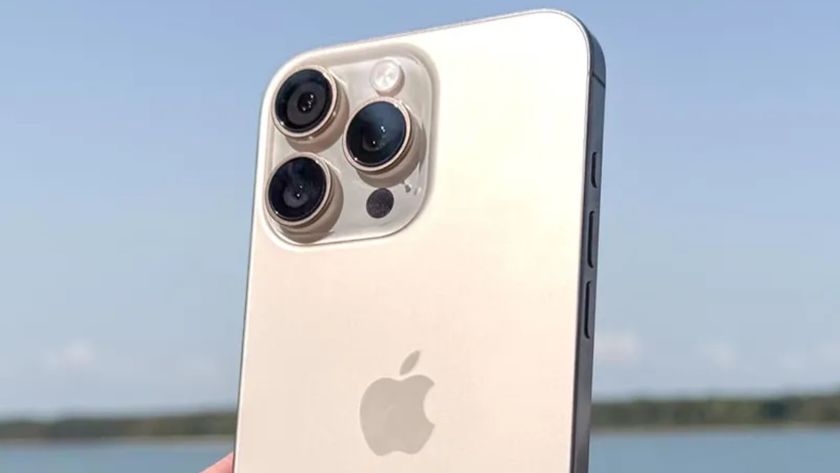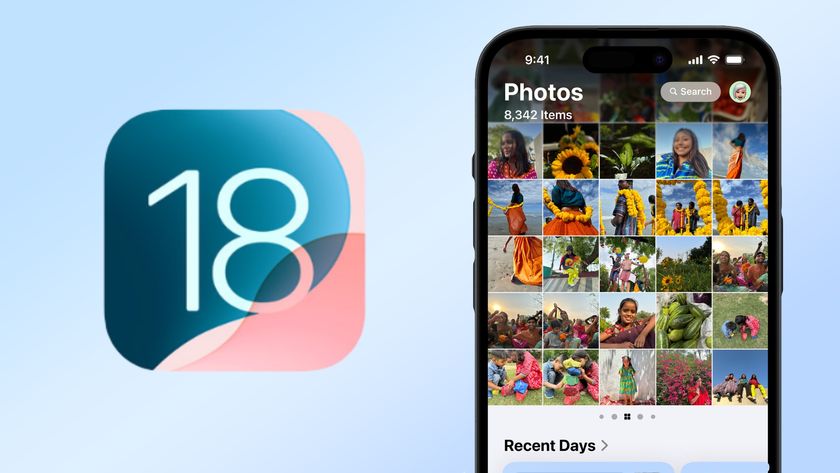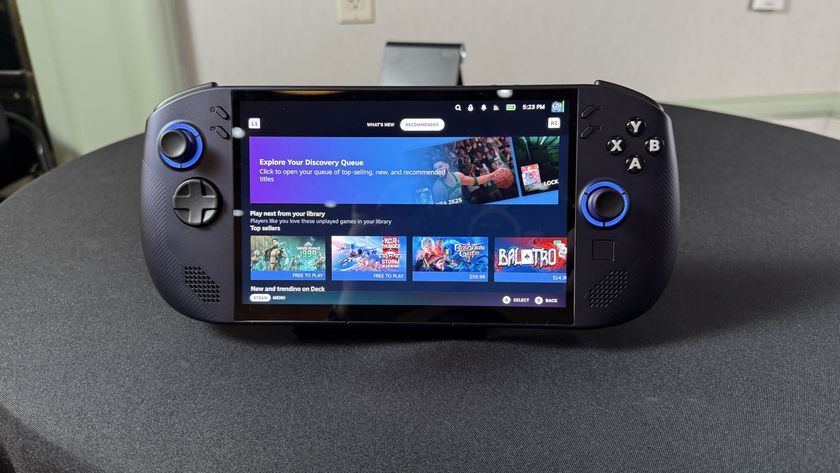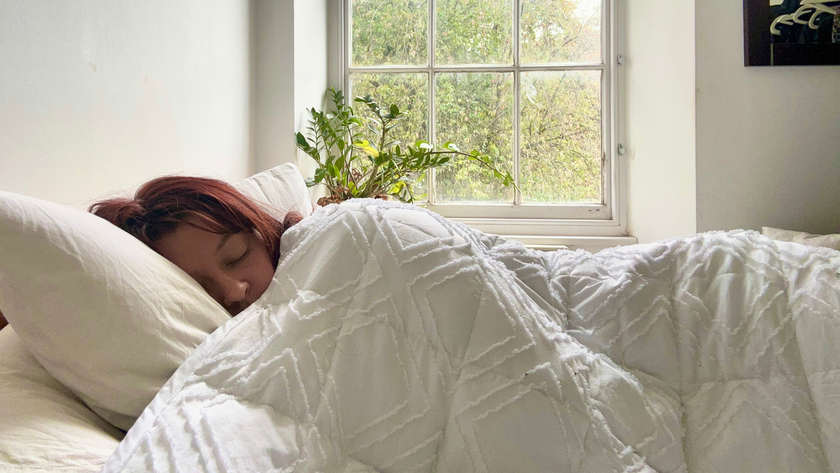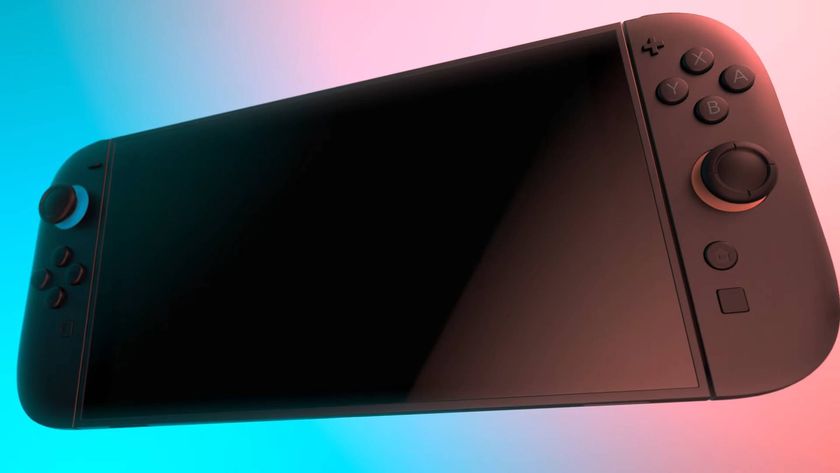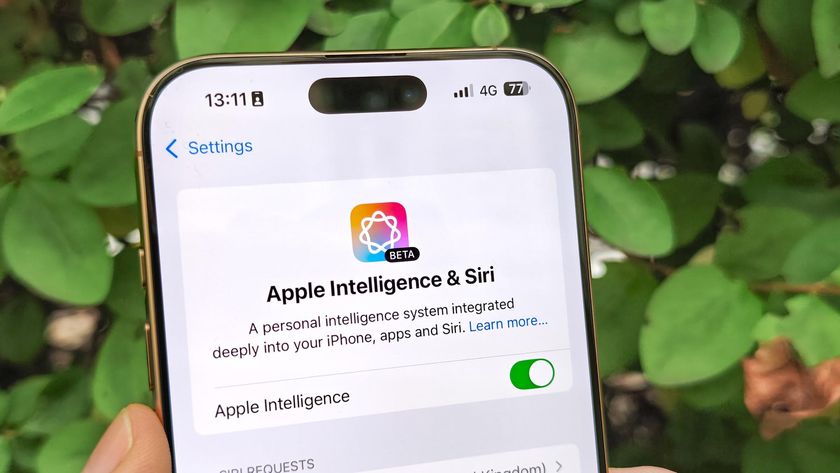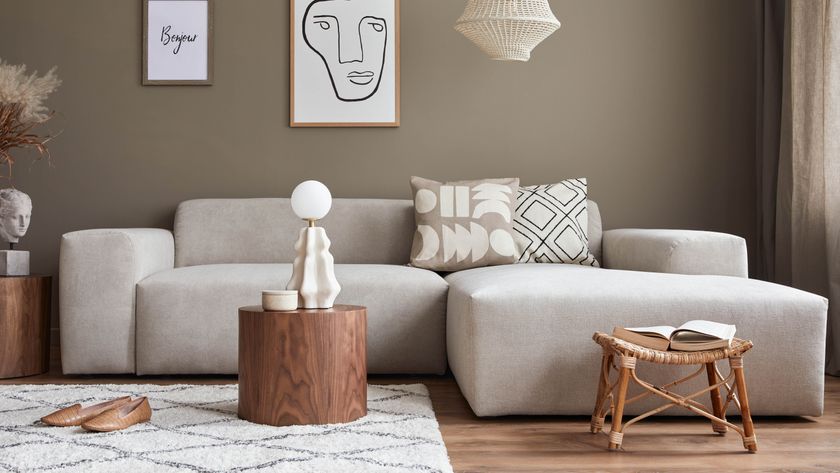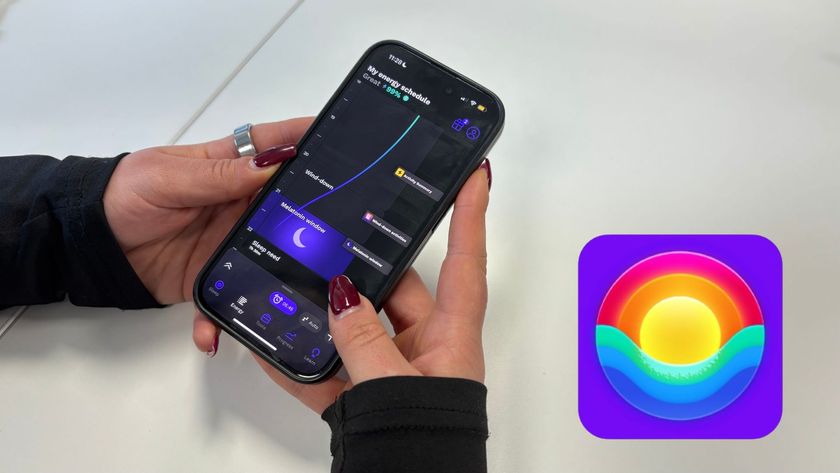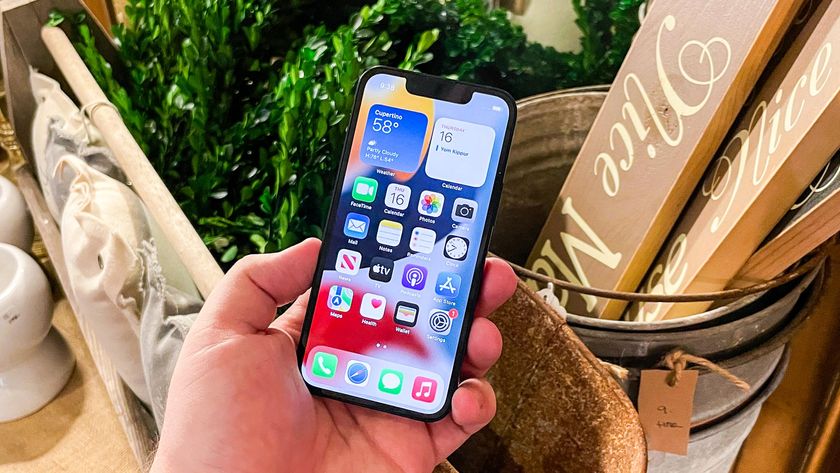The iPhone 16 is falling behind the competition in one major area
It's about the display
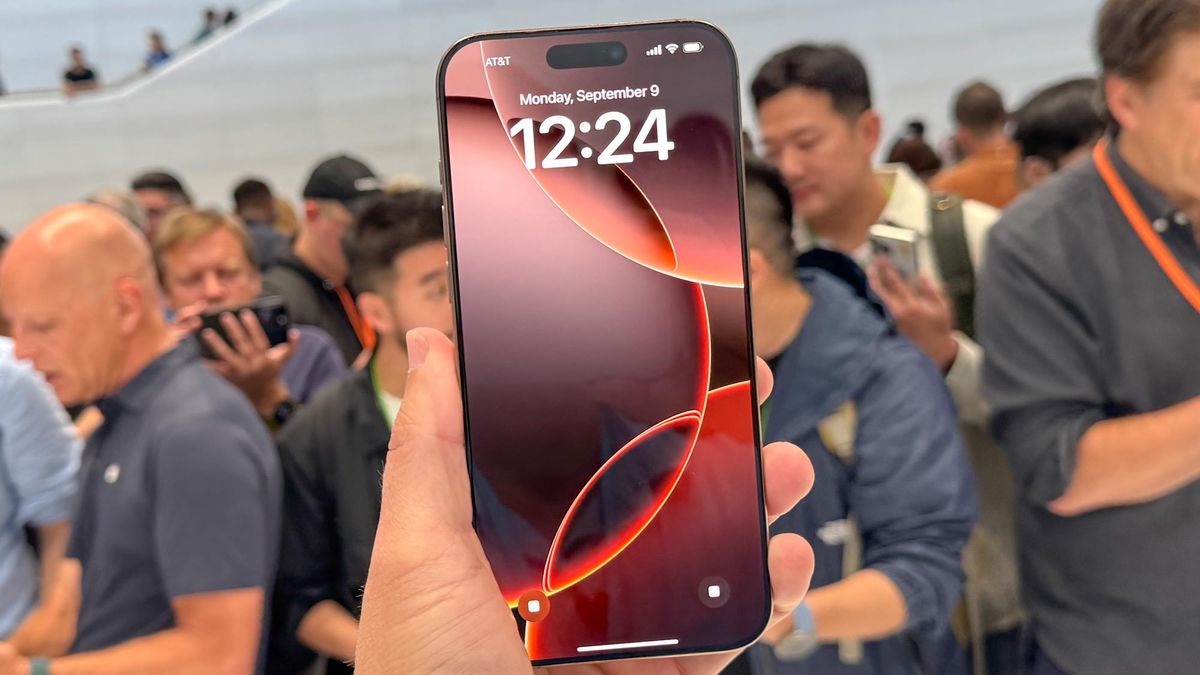
Newer phones are inherently supposed to be better in every way imaginable than their predecessors, right? Well, that’s not always the case and there’s one peculiar area where Apple can’t say that the iPhone 16 lineup is better than the previous iPhone 15 — their display brightness.
During Monday’s ‘Glowtime’ event where the company introduced the entire iPhone 16 series, Apple says that the display reaches a peak 2,000 nits brightness. That’s a really impressive rating given how some of the best phones out there fail to even come close to reaching that mark, but what’s interesting is that Apple claimed the same figure last year with its iPhone 15 lineup — and I think that’s a big problem.
As much as I’d also want to point out how the iPhone 16 and 16 Plus still remain at 60Hz refresh rates, nearly every other phone released in the last year has some sort of upgrade with their display brightness. In fact, it’s one of the reasons we specifically call out on why you should skip the iPhone 16. Here’s why it matters.
Sets a lower bar for this year’s iPhone 16
| Row 0 - Cell 0 | Screen Size | Max brightness (HDR) |
| iPhone 15 | 6.1 inches | 1,401 nits |
| iPhone 15 Plus | 6.7 inches | 1,310 nits |
| iPhone 15 Pro | 6.1 inches | 1,550 nits |
| iPhone 15 Pro Max | 6.7 inches | 1,550 nits |
When it comes to display improvements, brightness is the area where phone makers pay special attention to improve over previous devices. By keeping their ratings to 2,000 nits, it sets a low bar for Apple to hit its target with the entire iPhone 16 lineup. That’s because all of last year’s iPhone 15 models failed to come close to the company’s own rating of 2,000 nits. Just take a peek at the chart above to see where all of them landed in our display brightness testing.
I’m not shocked that the iPhone 15 Pro and 15 Pro Max have the brightest screens, but at roughly 1,500 nits, they too were unable to reach the 2,000 nits that Apple claimed. By choosing to keep their max brightness ratings to 2,000 nits, it sets a lower bar Apple to beat. But to be fair, the majority of phones put through the Tom’s Guide display testing rarely ever reach their peak ratings.
The main reason why phone makers are constantly trying to outdo themselves with brighter screens isn’t just to make a statement, but to also make them more suitable for different case uses.
Brighter screens means better visibility
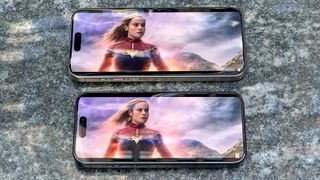
We all know how it can be a struggle to see our phones outdoors in the middle of the afternoon. Unless you’re under a shade or shielding the screen with your hand, it almost makes it impossible to see what you’re doing on your phone — which is why phone makers are constantly making brighter screens.
The Pixel 9 Pro XL shattered our record with its 2,469 nits of brightness, which is 59% brighter than the iPhone 15 Pro Max. The iPhone 16 Pro Max has the same rated brightness.
Whether you’re catching up on emails, scrolling through your social feeds, or streaming one of your favorite shows, a brighter screen makes these experiences easier to carry out when you’re outdoors. It’s not so much of a problem indoors when there are strong light sources around, but the sun’s constant glare is why most manufacturers are trying to get brighter screens.
The iPhone 15 Pro and 15 Pro Max were easily some of the brightest last year, beating out rivals like the Galaxy S23 Ultra and Pixel 7 Pro at the time of their release. Honestly, pretty much anything above 1,000 nits nowadays is viewable under direct sunlight, so even if the new iPhone 16 devices barely eke out better results, they’re still much better for outdoor use. However, the bigger issue isn’t that Apple has kept the same rating as before — but rather, the competition has elevated it.
Rival phones are blinding
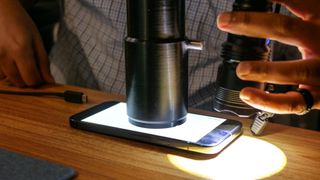
Unfortunately for Apple, the last few Android releases have been nothing short of record setting. Starting with the Motorola Razr Plus (2024), the flip phone style foldable shattered our expectations by reaching a peak brightness of 2,158 nits. To put that into context, the Razr Plus’ display is 39% brighter than the iPhone 15 Pro and 15 Pro Max.
Not long after that, the Pixel 9 Pro XL shattered the record with its 2,469 nits of brightness, which is 59% brighter than the iPhone 15 Pro Max. I thought Google was being too unrealistic when it claimed a 3,000 nit rating for the phone, but needless to say I was surprised by what it actually ended up reaching.
For the iPhone 16, it means that none of the new devices stand a chance at keeping pace right from the onset. While outdoor visibility is something I grade all phones in my reviews, it’s not the only defining factor. I will admit that the OLED displays that Apple uses for all of its iPhone 16 models did look sharp and vibrant under normal viewing conditions at the Apple event — but they won’t be as brilliant as some of these Android phones outside.
More from Tom's Guide
Sign up to get the BEST of Tom's Guide direct to your inbox.
Get instant access to breaking news, the hottest reviews, great deals and helpful tips.

John’s a senior editor covering phones for Tom’s Guide. He’s no stranger in this area having covered mobile phones and gadgets since 2008 when he started his career. On top of his editor duties, he’s a seasoned videographer being in front and behind the camera producing YouTube videos. Previously, he held editor roles with PhoneArena, Android Authority, Digital Trends, and SPY. Outside of tech, he enjoys producing mini documentaries and fun social clips for small businesses, enjoying the beach life at the Jersey Shore, and recently becoming a first time homeowner.
-
Predtek You have failed to mention how the iPhone 15 Pro Max (I believe is the same for other models) screen would DIM when it is a little more than warm. The phone go from warm to hot when you run some more intensive apps or games. It gets hot when it charges (Don't even mention wireless charging). The screen brightness would dim below a level that makes it much less legible. Summer heat accelerates the whole thing. I believe this is why Apple cannot sport a brighter screen.Reply
APPLE. PLEASE IMPROVE YOUR THERMAL DESIGNS. THIS IS UNACCEPTABLE!

